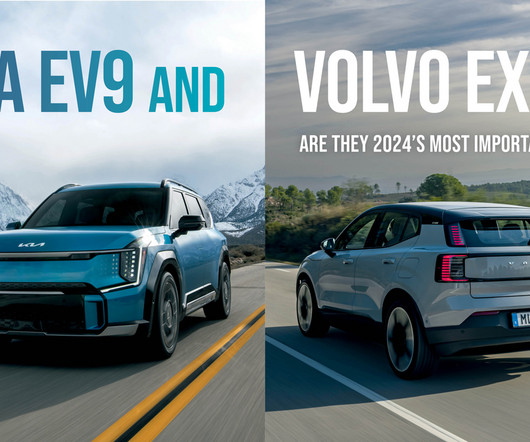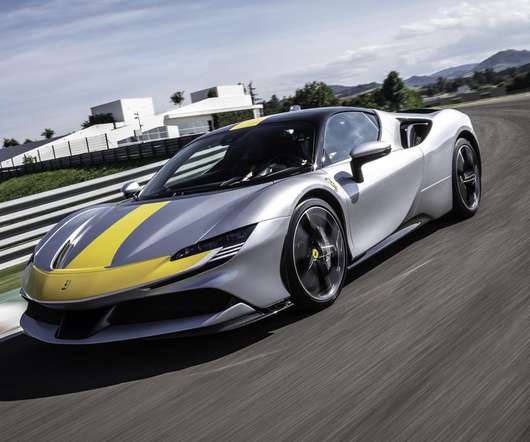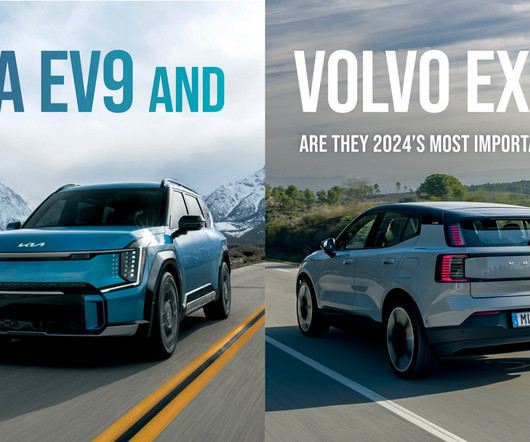BCG study finds conventional automotive technologies have high CO2 reduction potential at lower cost; stiff competition for electric cars
Green Car Congress
JUNE 15, 2011
As a result, BCG concludes, the electric car faces stiff competition from ICEs (internal combustion engines) and, based solely on total cost of ownership (TCO) economics, will not be the preferred option for most consumers. BCG expects pack costs for OEMs will fall to ~$360-440 per kWh by 2020. Source: BCG. Click to enlarge. Source: BCG.















Let's personalize your content